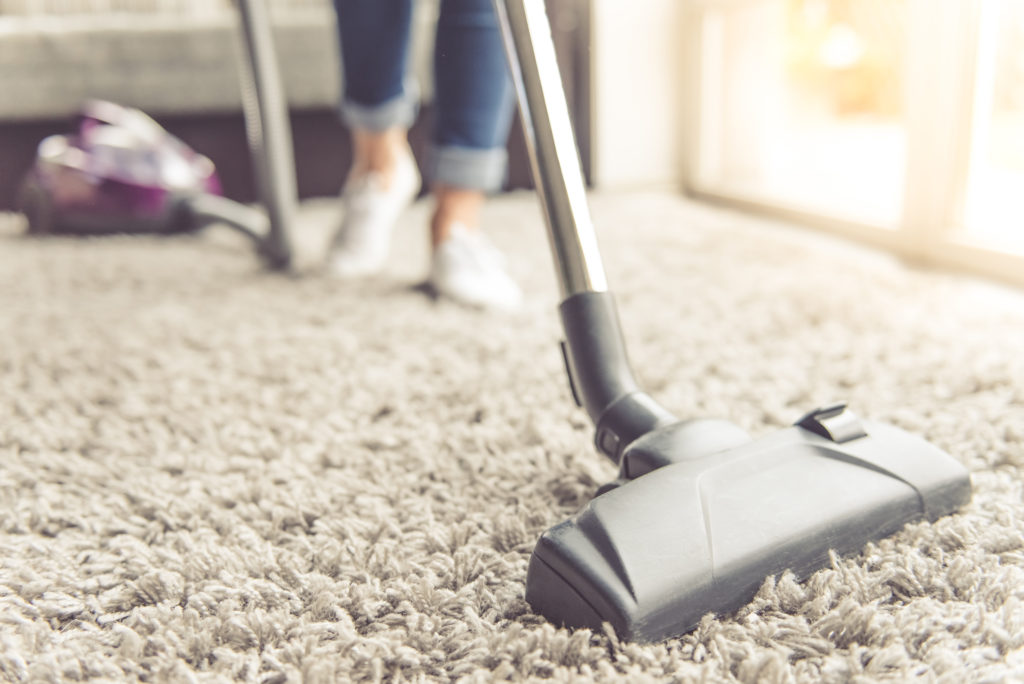
Home sweet home, nothing can be dearer than your home, it is the place where you hang your heart is and where you feel yourself the most protected; At least that’s how we see it. However, it turns out that it is not as safe as thought, because it is also a place where tons of hidden health dangers reside and you may become sick from what you breathe and touch in your house. So to keep your family safe, read the below given 7 hazards and tools how to protect yourself.
1. Carpet chemicals
Redecorating or renovating of your house gives you a great pleasure but it may also give you a headache, especially if you buy a wall-to-wall or area rug that gives off that new carpet smell; The specific odor comes from 4-PC, a chemical in carpet backing. The smell will go away within a few days or even weeks, but meanwhile it may cause temporary headaches and hoarseness in people who are sensitive to chemicals. Ideally, we should air the new carpet before installation. However, it is not always possible, so keep the carpeted room well-ventilated and try to stay out if you’re sensitive to 4-PC. Now, what you need to do if the carpet odor is giving off gas: Take a clean, white, fragrance-free ordinary paper towel and fold it in half twice. Put it on a section on the rug and cover it with aluminum foil secured with tape. Leave if for 24 hours and then fold the towel inside the foil quickly. Take it outside and unwrap it just enough to take a whiff. If it has a bad smell, your carpet is giving off gas.
2. Dust mites
Dust mites are the cosmopolitan guests in human dwelling. They feed on organic detritus like flakes of shed human skin or simply flourish on the stable environment of houses. They cannot be seen with the naked eyes, but are rather dangerous for your health, they can cause asthma or allergic symptoms. Dust mites need moisture; they feed off the dead skin cells that our bodies shed. Normally, they hide in beds, mattresses, pillows and sheets. Unfortunately, there is nothing we can do to prevent dust mites from capturing our houses; they are part of our lives.
There is no way to get rid of them; you just have to put a barrier between you and them. Here are some tips how to do this:
• Use allergy covers since they’re woven and even dust mites find it hard to slip through them. Seal your pillows, mattress, comforter and box spring (normally, they are available in the stores where sheets are sold.)
• Wash your bed linen and rugs in hot water at least once a week
• If some of your bed items (like a special pillow or stuffed animal) cannot be washed, put them in the freezer for a few hours at a time to kill dust mites.
• Avoid going to bed with wet hair not to give the mites more moisture.
• Regularly vacuum all floors and carpets where dust mites like sheltering.
3. Mold
If your bathroom, closet or a basement stinks with an old musty odor, you have mold. Spores feel themselves at home in damp spots. It can grow within 24-48 hours if it has moist conditions. Mold can develop on anything, it doesn’t take much to make mold happy and to facilitate its multiplication. It likes dust, wood, cotton paint, paper or oil, among other things. Modern building materials, like drywall is also the favorite place for mold. Mold matters can get worse with complex heating and cooling systems and harm your health, especially if you are inclined to allergies or asthma. Mold spores can trigger asthma and related symptoms like coughing, wheezing, sneezing and shortness of breath. Allergic symptoms include: sneezing; runny or stuffy nose; itching, watery eyes; and inflamed sinuses. Mold typically appears as black, brown, yellow, white, pink or green and it often grows in circular patterns on basement walls and carpets, closets, doors, bottoms of furniture and wooden backs that are stored in damp spaces.
Protective measures
• Apply dehumidifier in mold- prone rooms and keep the level below 50%.
• Immediately after you notice the mold spots, operate an oscillating fan in the toilet and bathroom.
• Open windows periodically and keep rooms well ventilated.
• If you suspect mold, check the area with a flashlight because some of the fungi can only be seen with a bright light.
4. Medications
If you have kids at home you need to be extra cautious with medications because they may look as tempting as candy to toddlers and preschoolers due to their interesting shapes and colors.
Protective measures
• Make sure that medications are not left on the table or shelves, store these drugs in places where kids cannot reach and use a safety lock on that cupboard or cabinet
• Ensure that all bottles have child-resistant caps
• Never call any drugs candy, no matter how desperately you want to treat you child when he is sick.
• Never leave your pills in purses, night tables or countertop if they are easy for toddlers to reach.
• And the most important advice: Put the number of your pediatrician or of the ambulance on easy to find place, like a refrigerator door, in order to find it easily when you or your nanny (or anyone in the family) needs it.



